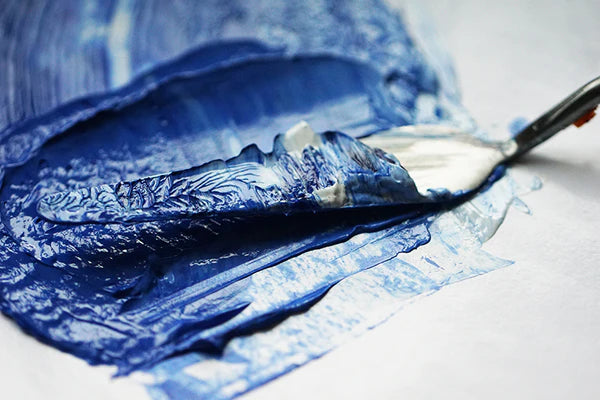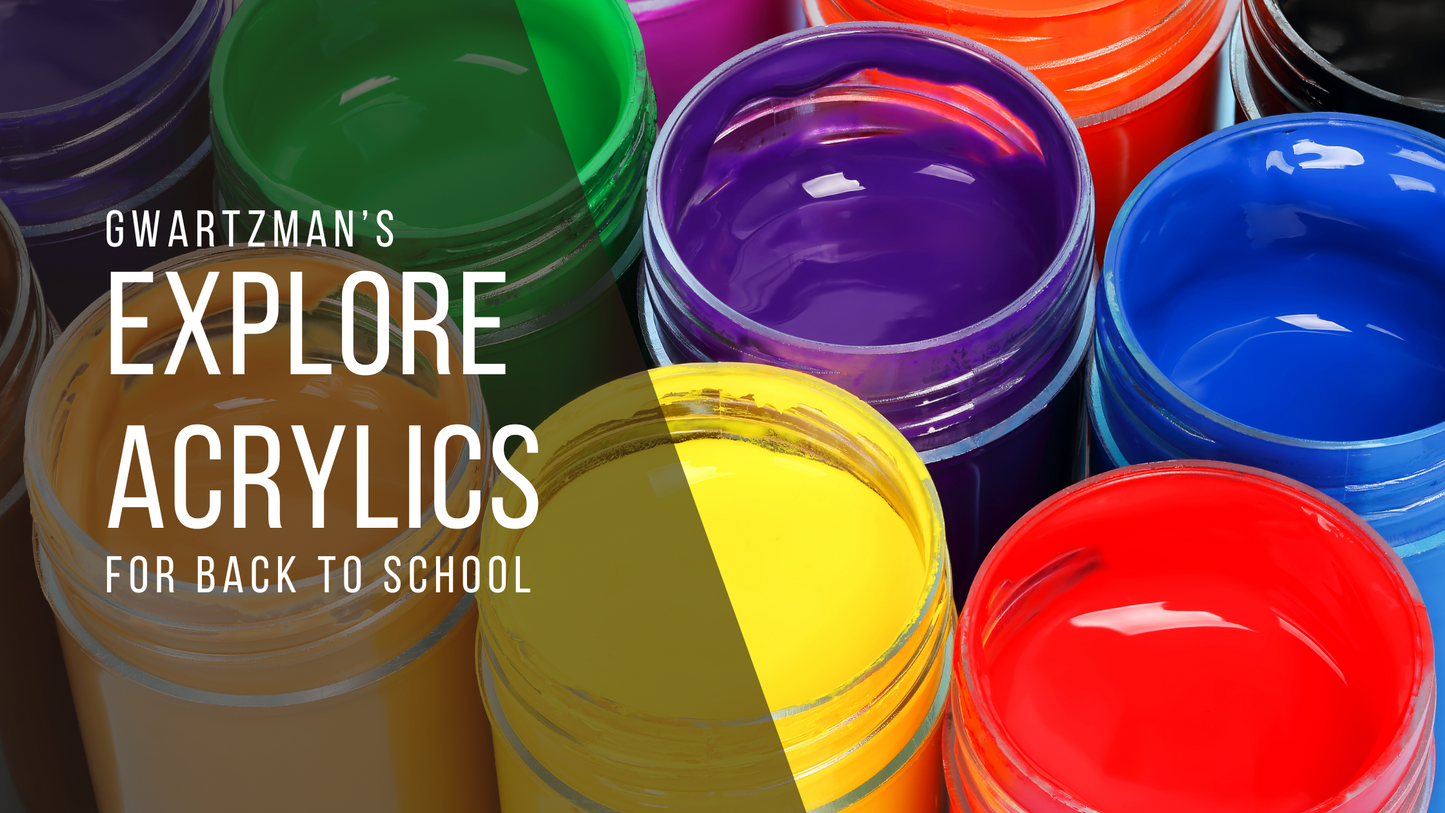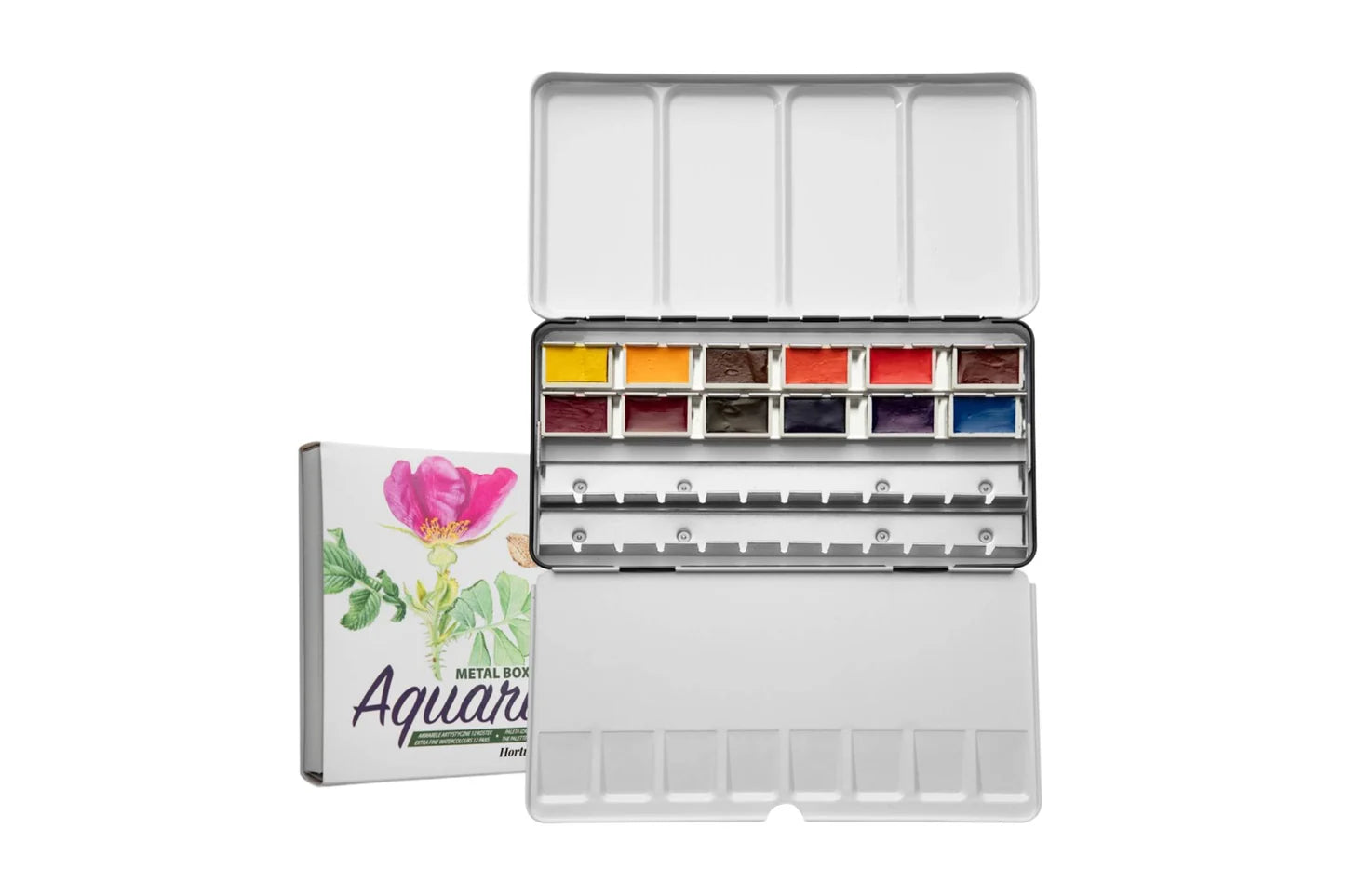
Blue is one of the primary colours in both traditional colour theory and in the RGB colour system. Blue has always been an important colour in art for thousands of years. Blue can be used to represent sadness, as in feeling blue, but contradictorily can represent happiness (i.e, blue skies). Blue is strongly associated with faithfulness, loyalty and fidelity. Blue can also have conflicting meanings, the term blue blood is used to refer to royalty, but the term blue collar is associated with the working class.
Blue has been associated with the divine since ancient times, and has importance in Judaism, Christianity, Hinduism, Buddhism and Paganism. Blue has also been used as a colour for political parties or factions, and is a popular hue in national flags.
Since the early 1900’s blue has been a colour associated with baby boys, and pink for girls. Traditionally, this had been the opposite, with blue for girls because it was associated with the Virgin Mary, and pink was close to red, considered to be a strong, masculine colour.
In ancient Egypt, blue was associated with the sky and divinity, and as the colour of the afterlife, featured heavily in their funeral ceremonies. It was important enough that they imported one of the most expensive pigments in the world, lapis lazuli, from Afghanistan. It was a semi-precious stone and was ground into a pigment, and used for pottery glazes, and carved into beads and jewellery.

Tubes of Ultramarine and Lapis Lazuli
The expense drove the Egyptians to create the first synthetic pigment, known as Egyptian blue, which eventually spread to the Roman Empire, who called it caerulum, which eventually became cerulean in English. The method for creating Egyptian blue had been lost with the fall of Rome, but modern scientists have now rediscovered the formula.
Lapis lazuli continued to be used as a blue pigment for many thousands of years. In Europe, particularly Italy during the renaissance, it began to be used in depictions of the Virgin Mary, and became known as ultramarine. This name for the pigment means “beyond the sea” as it was still being imported from Afghanistan.

Four common blues, cobalt, pthalo, ultramarine and cyan
Before the renaissance, blue had been the colour of common people, many of their clothes being dyed with the woad plant found abundantly throughout Europe. Reds and purples were colours associated with the rich, the nobility and high ranking church officials.
But blue now had a new association with holiness and virtue, it became a colour for the upper classes. This drove up the cost of ultramarine even more. At times, the price for an ounce of ultramarine was higher than an ounce of gold.

Tints of Cobalt Blue Hue
Another common pigment from the era was smalt blue, a form of cobalt that had been in use in China for pottery glazes for hundreds of years. It was used extensively by Titian, Tintoretto and Rembrandt for underpainting or when ultramarine wasn’t available. Smalt blue is less intense, and lighter in colour than ultramarine. Other painters used indigo, cerulean or azurite as replacement blues, but they often turned green as they aged.

Tints of Pthalo blue
In 1709, a German pigment maker accidentally discovered a new blue pigment. He called it Berlin blue, but it later became known as Prussian blue because it was used to dye the Prussian army uniforms. It was adopted quickly into many uses after its discovery because it was easy to make, nontoxic and very deeply coloured. used by many of the French Impressionists in their paintings. By as early as 1820 the use of the pigment had spread to Japan, and was used by Hokusai in his woodblock print The Great Wave off Kanagawa.

Tints of Ultramarine
Although it quickly became a valued blue on the painter’s palette, Prussian blue was darker and greener than ultramarine, and not considered a true replacement. So in 1824 a prize was offered in France to create an artificial ultramarine. Jean Baptiste Guimet won the prize in 1826, but he refused to share the formula for the pigment. In 1828, Christian Gmelin, a chemistry professor, figured out how to formulate synthetic ultramarine and published the formula. This began a new pigment industry, and has almost completely erased the production of natural ultramarine.

Tints of Cyan Blue
And in 2009, yet another blue was created by accident in a chemistry lab. YInMN blue (named for its chemical composition of yttrium, indium and manganese) also known as Oregon blue or Mas blue was discovered by Mas Subramanian at Oregon State University. It is an intensely primary blue, that is both more durable and lightfast than both ultramarine and Prussian blue, and safer to use than cobalt blue. As it becomes more widespread in art materials, Gwartzman’s hopes to be able to have YInMN blue in for all artists to use.








